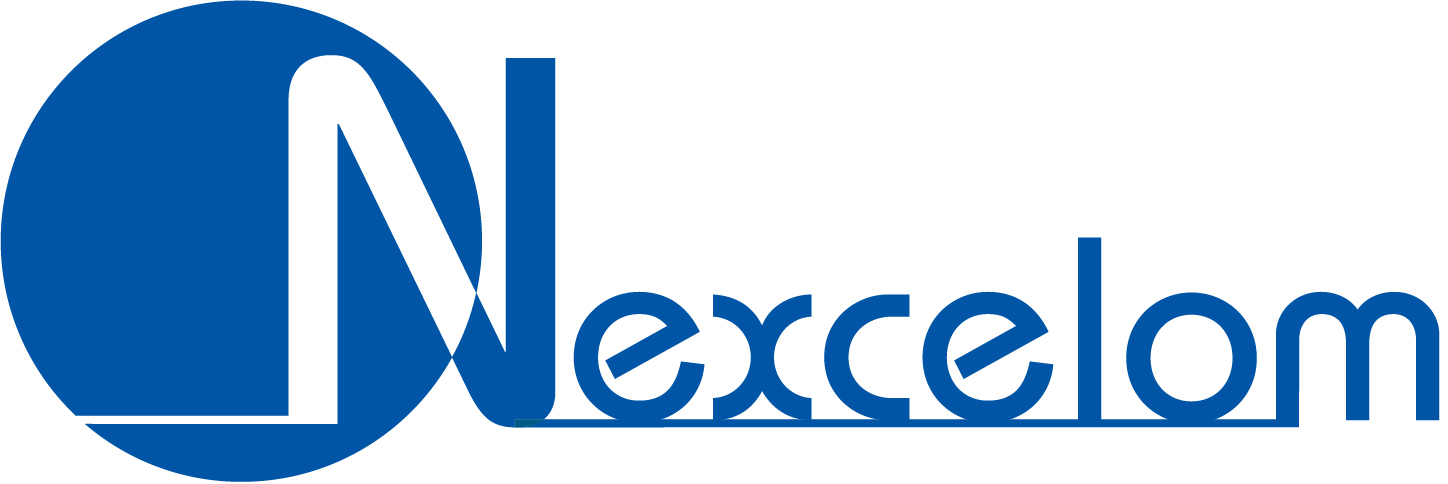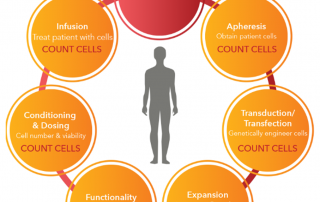App Note: Rapid cell count and intactness assessment of pre- and post-bead Ruptor Elite Bead Mill Homogenized neuroprogenitor cells using the Cellometer K2 cell counter
Download the App Note Proper cell sample preparation is a critical step for any cell-based assay. Accurate cell count and viability results are required to prepare cells for downstream assays, and for analysis of intracellular analytes such as DNA/RNA, intracellular proteins, and small molecules, an appropriate cell lysis procedure is needed. Traditional cellular lysis methods can be time-consuming and heavily reliant on reagents such as enzymes or detergents. Download our application note to learn how the Cellometer® K2 Fluorescent Cell Counter was used to accurately determine cell count and viability of neuroprogenitor cells pre-and post-homogenization with the Bead Ruptor Elite Bead [...]

